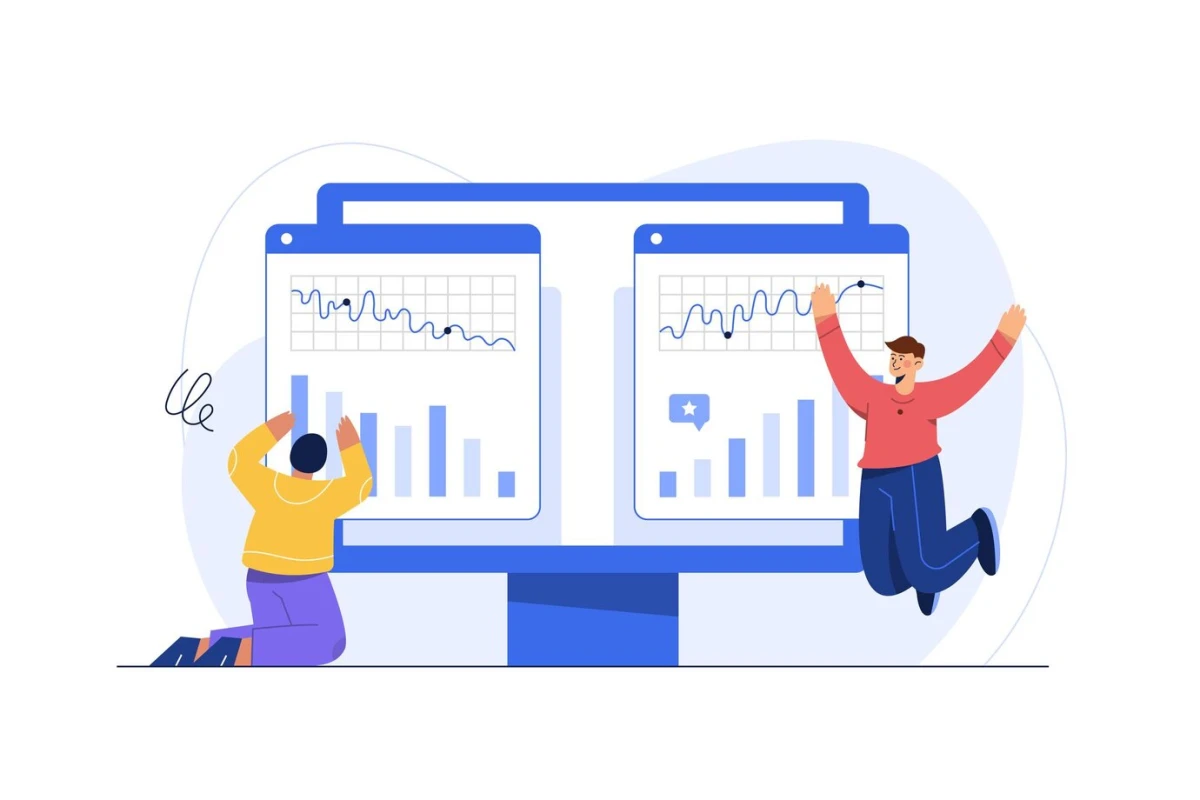
How to Read Data Properly: The Art of Turning Numbers into Decisions
In today's business world, data is more than just numbers. It is the key to understanding your business, your customers, and your market. Knowing how to work with data helps you make informed decisions, avoid risks, and discover new opportunities.
Why Data Is More Than Numbers
Data is a strategic compass for your business. It helps answer critical questions:
- What works and what does not? For instance, should you continue investing in a specific marketing channel?
- Where are the problems? What drives customers to competitors?
- What opportunities are there? Which markets or customer segments remain untapped?
Competitive Advantage: Businesses that understand and use data for decision-making always stay ahead of those who act intuitively. If you want to remain in the game—learn to read data!
Step 1: Smart Data Collection
To avoid drowning in a sea of information, focus on what matters most:
- Sales: Which products generate the most revenue?
- Customers: Who are they, what motivates them, and what do they expect?
- Market: How are trends evolving?
Example: A cafe owner noticed that the busiest hours during weekdays were from 12:00 to 14:00. Based on this data, they launched a special lunch menu, which increased sales by 20%.
Tools:
- CRM systems to track customer behavior.
- Google Analytics to analyze website traffic.
- BI platforms for data visualization.
Step 2: Thoughtful Analysis
Data itself is worthless without proper analysis. Ask yourself questions like:
- What has changed? Why have sales increased or decreased?
- How do external factors affect it? For example, seasonality or marketing campaigns.
- What trends should be considered?
Example: A retail chain discovered that certain products are often purchased together. They launched a "2 for the price of 1" promotion, which increased the average check by 15%.
Step 3: Give Data Meaning
Data on its own tells no story. It needs context:
- Comparison: How do your metrics change over time?
- Causes: What happened to achieve a specific result?
- Forecasts: How will current trends affect the future?
Example: A logistics company noticed that delivery delays often occurred due to one warehouse. Through analysis, they optimized routes, reducing costs by 10%.
Step 4: Take Data-Driven Actions
Numbers are meaningless unless they lead to concrete actions:
- Process optimization: Improve weak points, such as reducing order processing time.
- Focus on efficiency: Allocate resources to what yields the most return.
- Risk prevention: Predict and avoid potential problems.
Example: An online store found that customers often abandoned their carts if shipping was not free. By introducing free shipping for orders above a certain amount, the store increased conversions by 25%.
Why It Matters
Data is the foundation of success in modern business. Using it allows you to:
- Enhance customer interactions.
- Optimize costs.
- Respond to market changes faster than competitors.
Motivational Aspect: Businesses that ignore data risk falling behind. Meanwhile, those that use it effectively gain invaluable advantages: better customer understanding, clearer strategy, and higher profits.
Start small: analyze at least one key metric. Do it regularly, and the results will not take long. Remember, every number has a story that can change your business. It is up to you to read that story and use it to your advantage.

